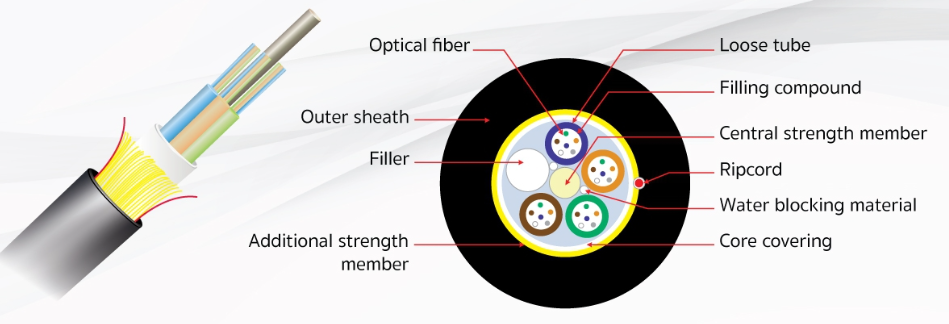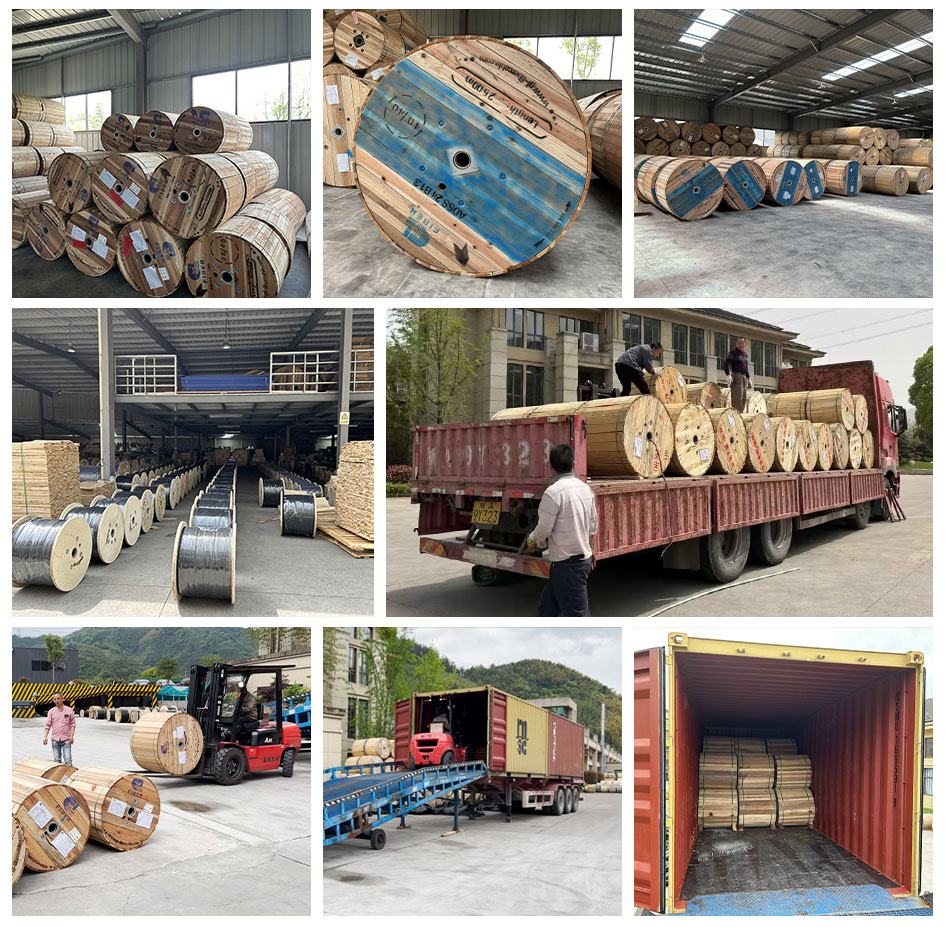The ADSS optical cable has a different structure from the overhead wire, and its tensile strength is borne by the aramid rope. The elastic modulus of the aramid rope is more than half that of steel, and the coefficient of thermal expansion is a fraction of that of steel, which determines the arc of the ADSS optical cable. It is sensitive to external load changes. In the ice-covered state, the elongation of ADSS optical cable can reach 0.6%, while that of the wire is only 0.1%. Large, when the wind speed is 30m/s, the wind deflection angle can reach 80°, while the wind deflection angle of the wire is only about half of that of the optical cable.
As an ADSS cable manufacturer with 19 years of production experience, Our Quality Management System is certified to ISO 9001:2015. Quality Control Department carry out stringent control at all stages of the manufacturing process.
— Incoming materials
— Semi-finished product
— Finished product
The construction quality of the ADSS optical cable and the quality of the optical cable have a great influence on the operation of the optical cable. Therefore, the following points are worth noting.
(1) Optical cable visual inspection: After receiving the optical cable, the user should check the cable reel and outer optical cable in time to ensure that the received optical cable is not damaged; check whether the center hole of the cable reel damages the outer sheath of the optical cable or hinders the winding and unwinding of the optical cable of obstacles.
(2) Quantity inspection: Check the total quantity of optical cables and whether the length of each cable is consistent with the contract requirements.
(3) Quality inspection: use an optical time domain reflectometer (OTDR) to check whether the optical cable is damaged during transportation, and the data obtained from the inspection can be used for comparison with the inspection data after installation, and can be used as part of the data record, which is helpful Emergency repair work in the future.
(4) Inspection of fittings for installation: Check the type and quantity of fittings required for installation. If they do not meet the requirements of the contract, contact the supplier immediately and solve them properly before actual construction.



